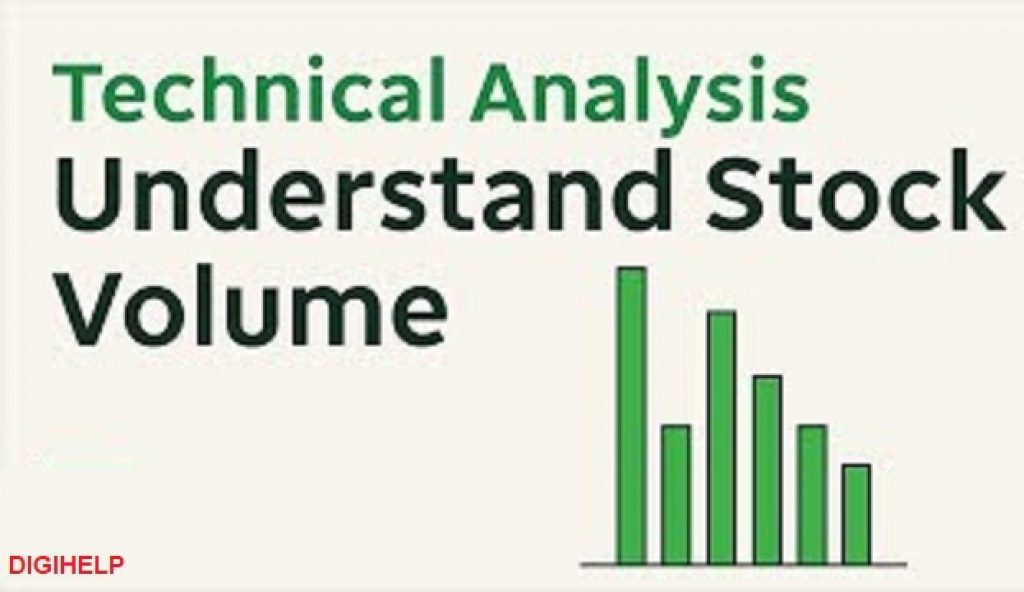Trading Volume Analysis – If your are new to stock market and not sure which share to buy, better to follow the Volume trading – The share market volume analysis indicates how many shares are bought and sold in a day. It will help you to gain which share to buy for intraday or long term.
In general the volume is the number of shares of stock or options or futures traded either daily, weekly or monthly on the various stock exchanges. It also helps in finding the moving average (e.g., 5 days, 20 Days etc.).
How does volume shows the Market’s Strength ?
Key Highlights :
-
High volume denotes the interest in particular stocks from the large number of participants..
-
High volume indicates an active market; in an active market, the spread between bid and asked prices is usually narrower.
-
High volume also shows the trend about breakout in a trading range. Before a market bottom, investor nervousness leads to panic selling, a characteristic of which is high volume.
-
Strong buyer interest in particular stock.
-
Low volume reflects a lack of confidence that is usually indicative of a consolidation period when prices are within a sideways trading range. It happens generally in falling market.
The buyer or seller must know the relationship between volume and price, before trading in the market. An analysis of price and volume allows the investor to better interpret the trends in price and any changes thereto. In other words, volume gives an indication of the momentum) in share price.
Also Read – Can I sell shares bought on BSE in NSE ?
It is always advisable to compare the current trading volume and average trading volume. Average trading volume typically decreases when a stock is in a downtrend, because investors view negatively a stock declining in price.
An increasing price is typically coupled with increased volume, but the price can decrease without an increase in volume if investors lose interest in the issue. On the other hand, a declining stock price may be coupled with higher volume when, for example, negative news comes out about the company.
The significance of a change in volume is related to the associated price trend or pattern. For example, a good time to buy stock is when there are simultaneous price and volume increases.
Trends in Stock Volume Analysis
| Volume | Price | Interpretation |
| Increasing | Rising | Bullish |
| Decreasing | Falling | Bullish |
| Increasing | Falling | Bearish |
| Decreasing | Rising | Bearish |
Volume should be evaluated in appraising market strength or weakness. If volume is increasing, whether prices are going up or down, it is probable that prices will continue their current trend. However, if volume is decreasing, the current trend will probably not continue and a reversal may be imminent.
A strong uptrend usually has more volume on the upward legs; similarly, a strong downtrend will have more volume on the downward legs. After the trend ends the corrective leg usually has lower volume. A downtrend may nevertheless be extended whether average trading volume increases, decreases, or is static.
Volume is relative in that it usually is greater approaching the top of a bull market than near the bottom of a bear market. Further, trading volume typically increases and continues higher than average in an uptrend, but is below average during a downtrend.
Trading volume typically goes up as the price breaks out to the upside of a pattern or formation. In this case, a significant increase in volume is a strong buy signal. However, volume is an indicator of a trend reversal if it goes in a direction contrary to a prevailing trend.
Volume / price analysis, on balance volume, upside/downside volume ratio and line, volume up days / volume down days, cumulative volume index, trade volume index, positive volume index, and volume reversal are among the ways volume can be analyzed.
Also Read – How to Use Stop-Loss in Stock Trading Marker ?
How to Analyze the Volume Trends ?
-
Bullish Stocks – High Volume with a new high price. A new high on lower volume is deemed temporary.
-
Bear Stocks – A new low price with high volume is a bearish indicator. A new low on light volume is less significant.
-
New high price with larger volume but lower activity than the previous rally is always risky. It may point to a coming reversal in trend.
-
A rally on lower volume is questionable. It warns of a possible price reversal.
-
If prices advance after a long decline and then go to a level at or above the previous trough, the indicator is bullish when volume on the secondary trough is less than the first.
-
If the market has been increasing for a while, an anemic price increase coupled with high volume is a bearish sign.
-
After a decline, substantial volume with minor price changes points to accumulation, typically a bullish indicator.
